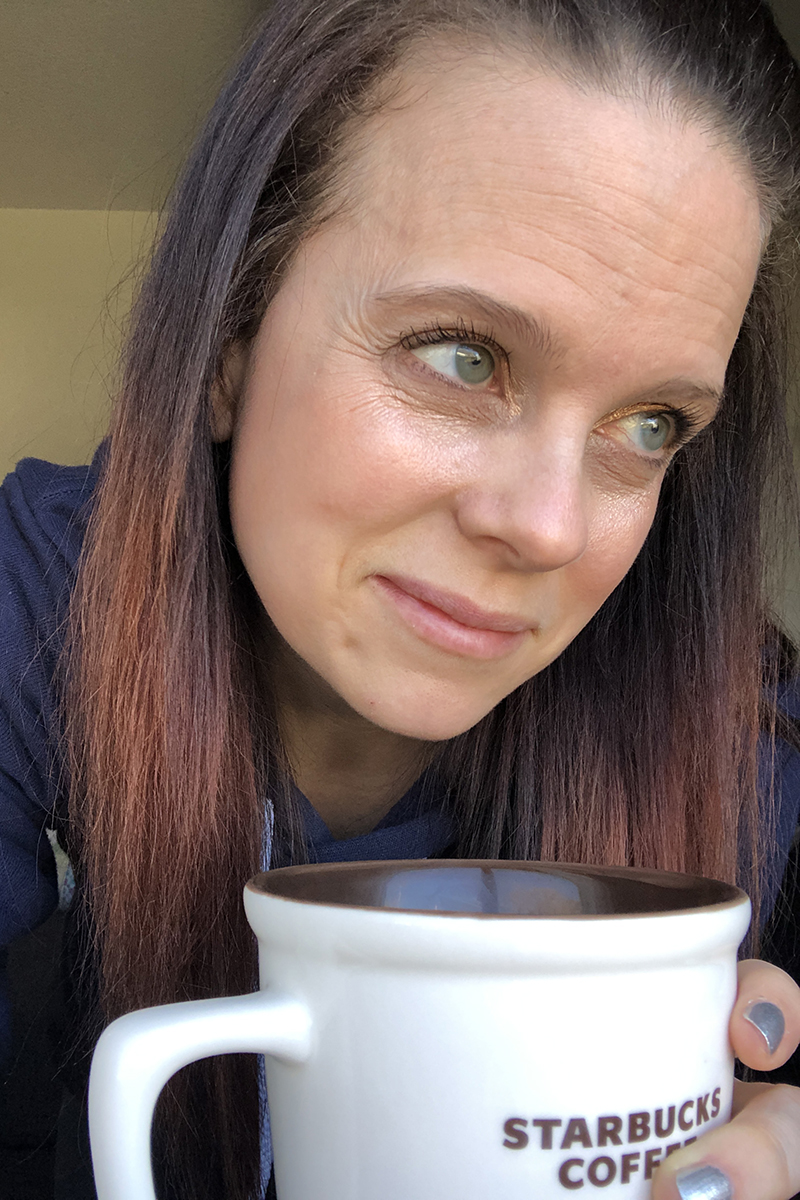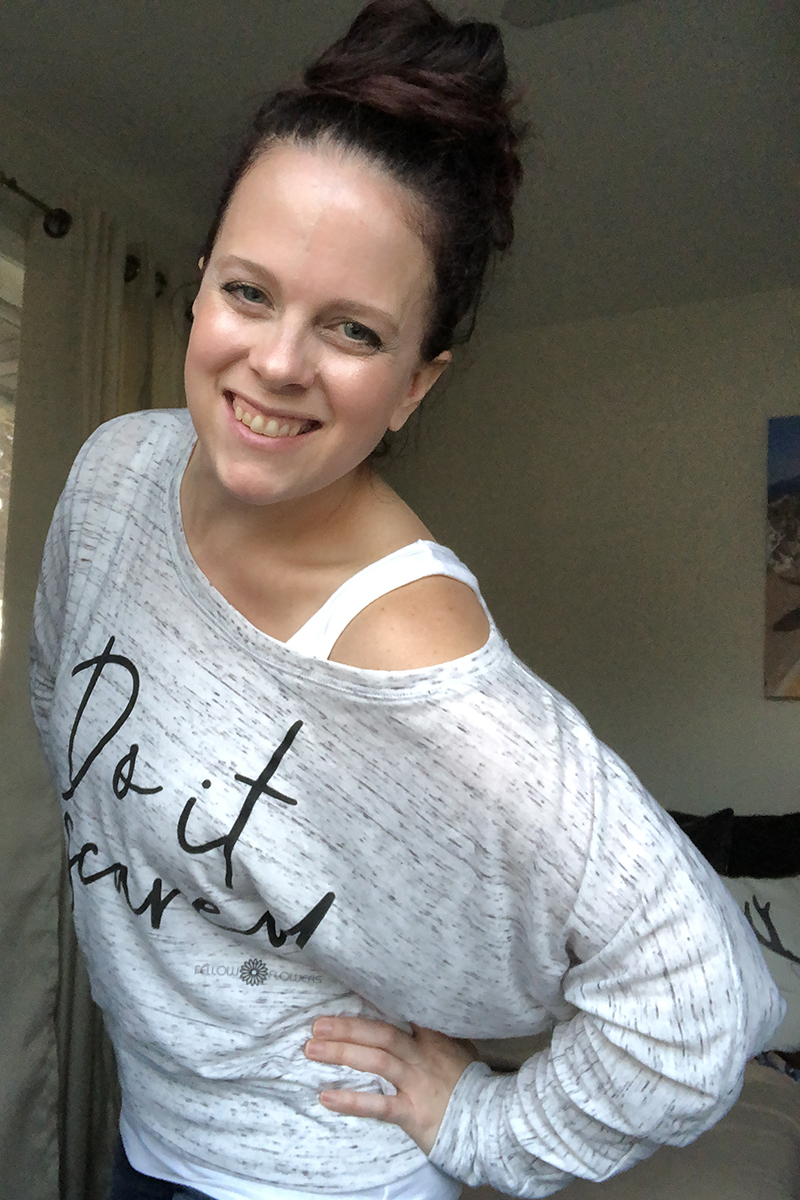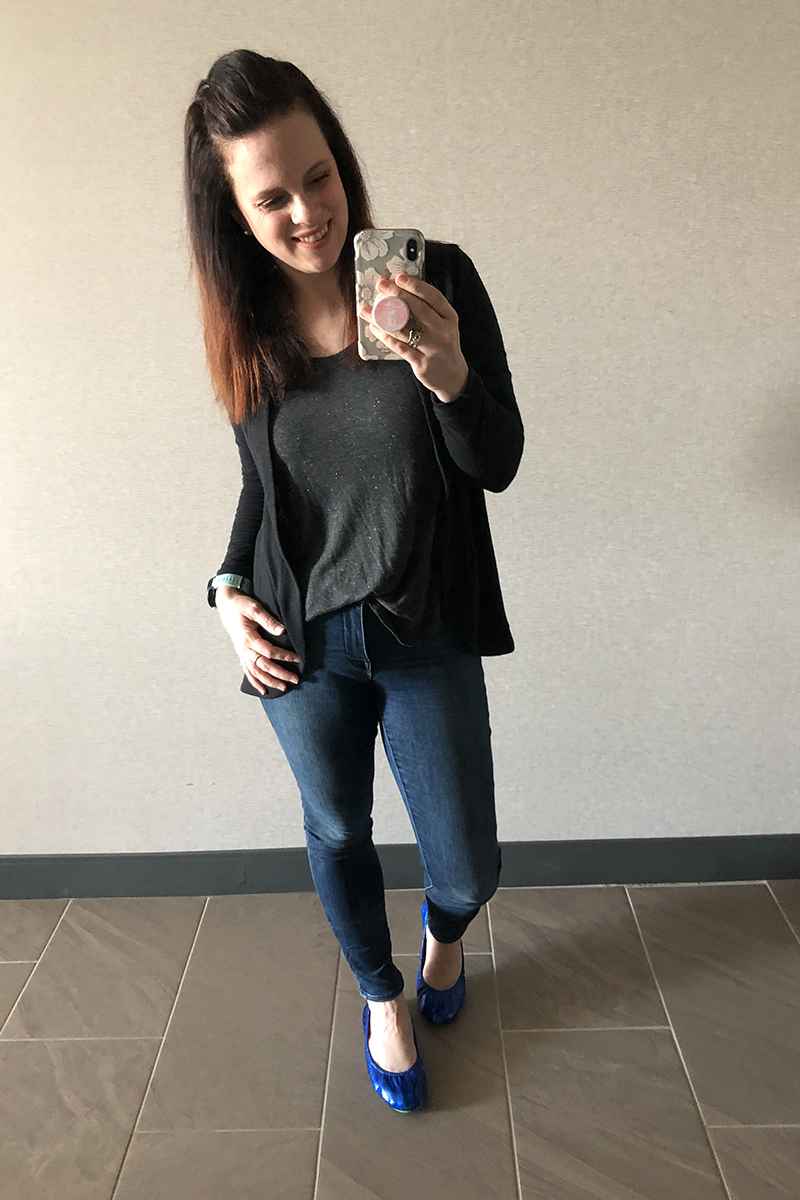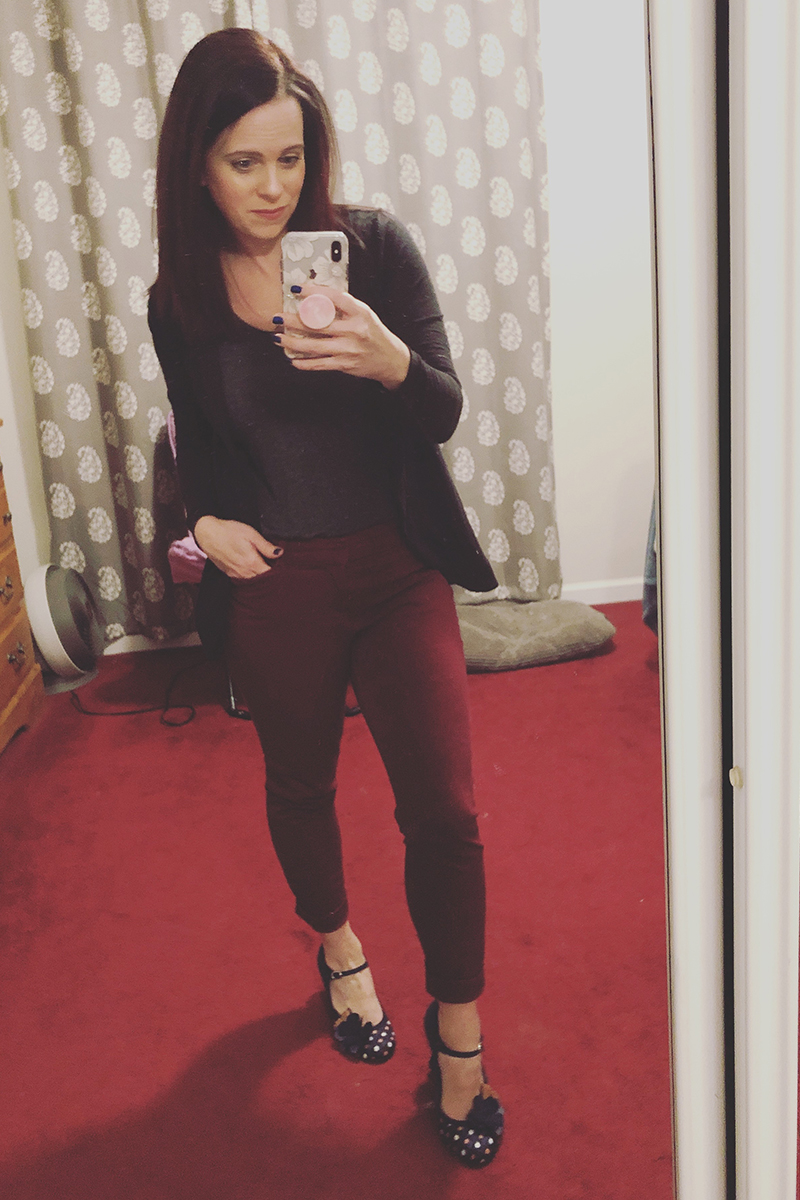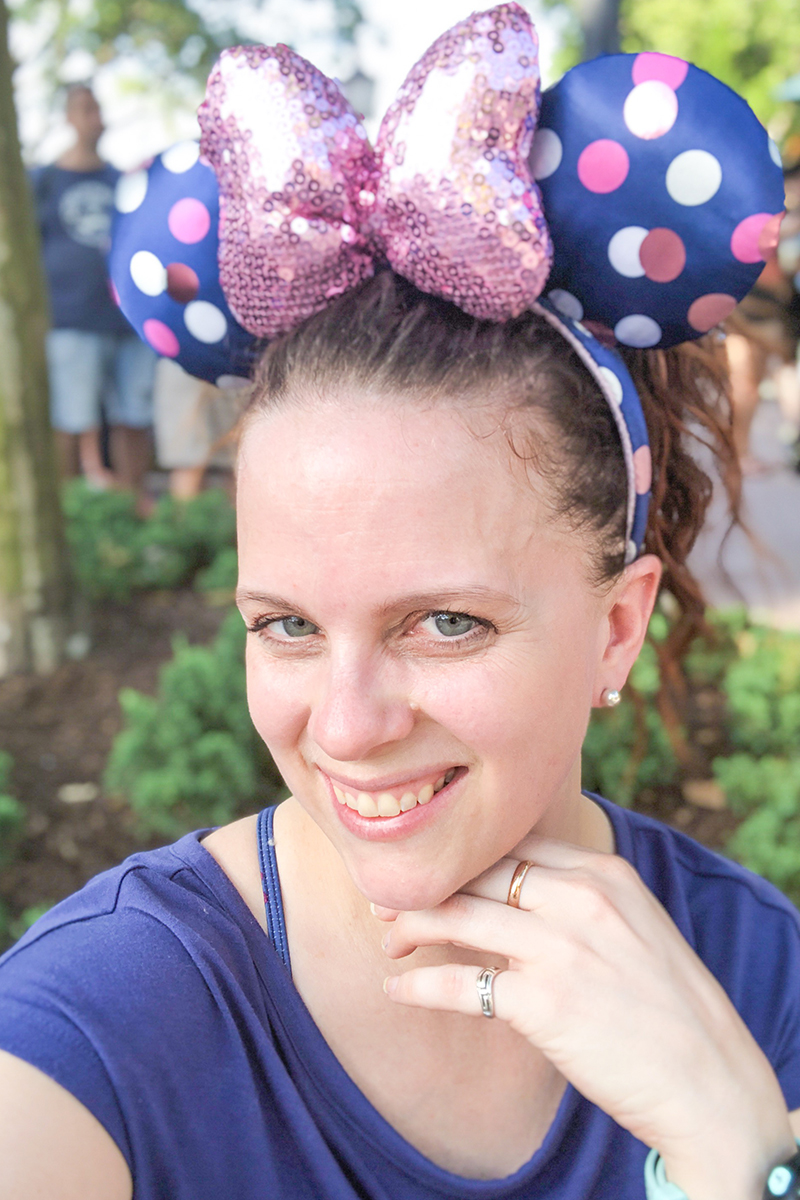In Defense of Selfies
I am a millennial.
Amongst so many other things, it means that I really like drinking locally roasted coffee and taking pictures of the minutia of my life. Including, but not limited to, selfies.
As a photographer, I swear it is taboo to take selfies. That’s not a real art! The critics cry. How dare you compare our craft to pursed lips and double chins!
To those snobs I have one name for you: Vincent vanGogh.
Oh yes, I went there.
As many of you know, I am an art teacher by day and a photographer/writer/traveler by night. I’m not the most knowledgable person, but I do catch onto a few major concepts. One of which, I took from vanGogh.
Have you studied his work? Out of his 800 plus paintings in his ten year career, he only sold two paintings. But what he did with the rest of them was experimenting and studying what was around him. We have a lot of landscapes that included cypress trees, some from his bedroom, a handful of portraits, and many of those are of Vincent himself.
That’s right. Vincent vanGogh was the original selfie master.
Why do painters and other classic artists complete these self-portraits? They do it to study their craft and hone their skills. I remember learning in my time in my painting class that we learn so much about line, shape, and shading from looking in the mirror and attempting to replicate what we see. It’s a form of practice.
Yet when we post selfies, we’re seen as vapid little punks who are going to ruin the world with our Instagram feeds.
To those, I say “bullocks!” Really.
Taking a selfie is a lot more than just snapping a photograph (like many do). This is what I think of as I work on my own self-portraits:
- What is my lighting? Am I getting diffused light? Direct sunlight? Do I want harsh shadows? Do I want a washed-out and dramatic effect?
- What is my depth of field? Do I want to see what is behind me, or would I rather have it out of focus so that the emphasis is on the subject (me)?
- What is my composition? What is in the background that can either add context or cause a distraction? What perspective will offer the best look of my features?
If you are a student of mine, you may recognize the three concepts: Value (Light), Clarity (focus and depth of field), and Composition. If used properly, those are the three areas that will create the best photography. What better way to know how they work, especially if you want to work with portraiture, than to apply them to your most easily accessible subject?
That’s right. Have fun with those selfies. Take as many as you want! Learn what works well, eliminate what doesn’t, and continue trying to improve as a photographer. You won’t know what works until you try, and trial is the best way to grow as a photographer.
Selfie on, my friends.
